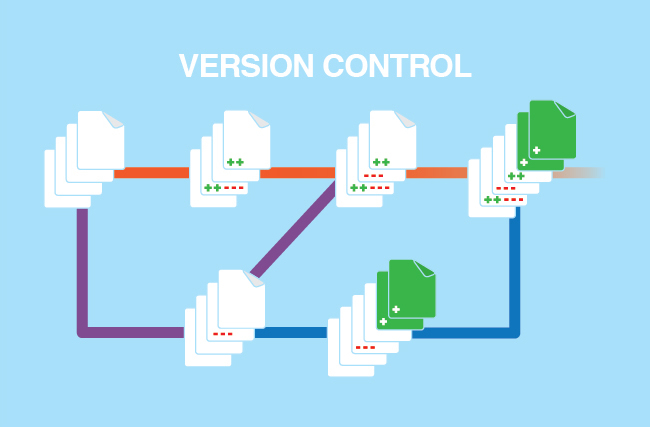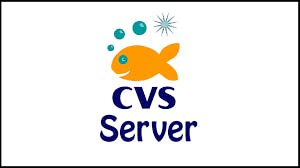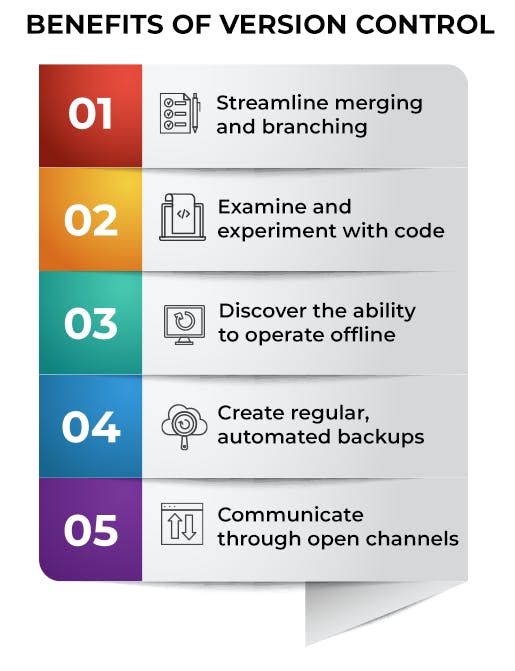Introduction
Version control systems (VCS) are an essential tool for software developers, enabling them to manage changes to their codebase and collaborate on projects effectively. In this beginner's guide, we'll explore what version control systems are, how they work, and the different types of VCS available.
What is Version Control?
Version control is a system that allows developers to manage changes to a codebase over time. With version control, developers can track the history of changes made to the codebase, see who made those changes, and revert to previous versions if necessary.

Types of Version Control Systems
There are two main types of VCS: centralized and distributed.
Centralized Version Control Systems
In a centralized VCS, there is a single central repository that stores all the code for a project. Developers check out the code from this repository, work on it locally, and then commit their changes back to the central repository. Examples of centralized VCS include Subversion and Perforce.

Distributed Version Control Systems
In a distributed VCS, every developer has a copy of the entire codebase, along with its entire history. This means that developers can work on the codebase independently, without needing to be connected to a central server. Examples of distributed VCS include Git and Mercurial.

Top 5 Version Control Systems for Software Development
Git
Git is a distributed version control system that was created by Linus Torvalds in 2005. It is now the most widely used VCS and is known for its speed, flexibility, and scalability.
Subversion
Subversion is a centralized version control system that was created by the Apache Software Foundation. It is designed to be easy to use and has been used by many large organizations for managing software development.

Mercurial
Mercurial is a distributed version control system that was created by Matt Mackall in 2005. It is similar to Git in many ways but is known for its ease of use and its ability to handle large binary files.

Perforce
Perforce is a centralized version control system that was created by Christopher Seiwald in 1995. It is designed for use in large-scale software development projects and is known for its high performance and scalability.

Concurrent Versions System
CVS is a centralized version control system that was created in the 1980s. Although it is an older VCS, it is still used by some organizations for managing software development. It is known for its ease of use and its ability to handle large repositories.

Advantages of Using Version Control Systems
Collaborative Work:
VCS enables multiple developers to work on the same codebase simultaneously without disrupting each other's work.
Versioning:
VCS records every change made to the codebase and stores it in the repository. Developers can track the history of changes and revert to previous versions if necessary.

Backup and Recovery:
With VCS, developers can keep backups of their codebase in the repository, which can be useful in case of data loss or system crashes.
Conclusion
Version control systems are a must-have tool for software developers. They help developers manage changes to their codebase and collaborate on projects effectively. Whether you choose a centralized or distributed VCS, understanding version control systems is essential for building and maintaining software projects.
So, that's a basic guide to version control systems that should help beginners get started with the concept. Happy coding!
